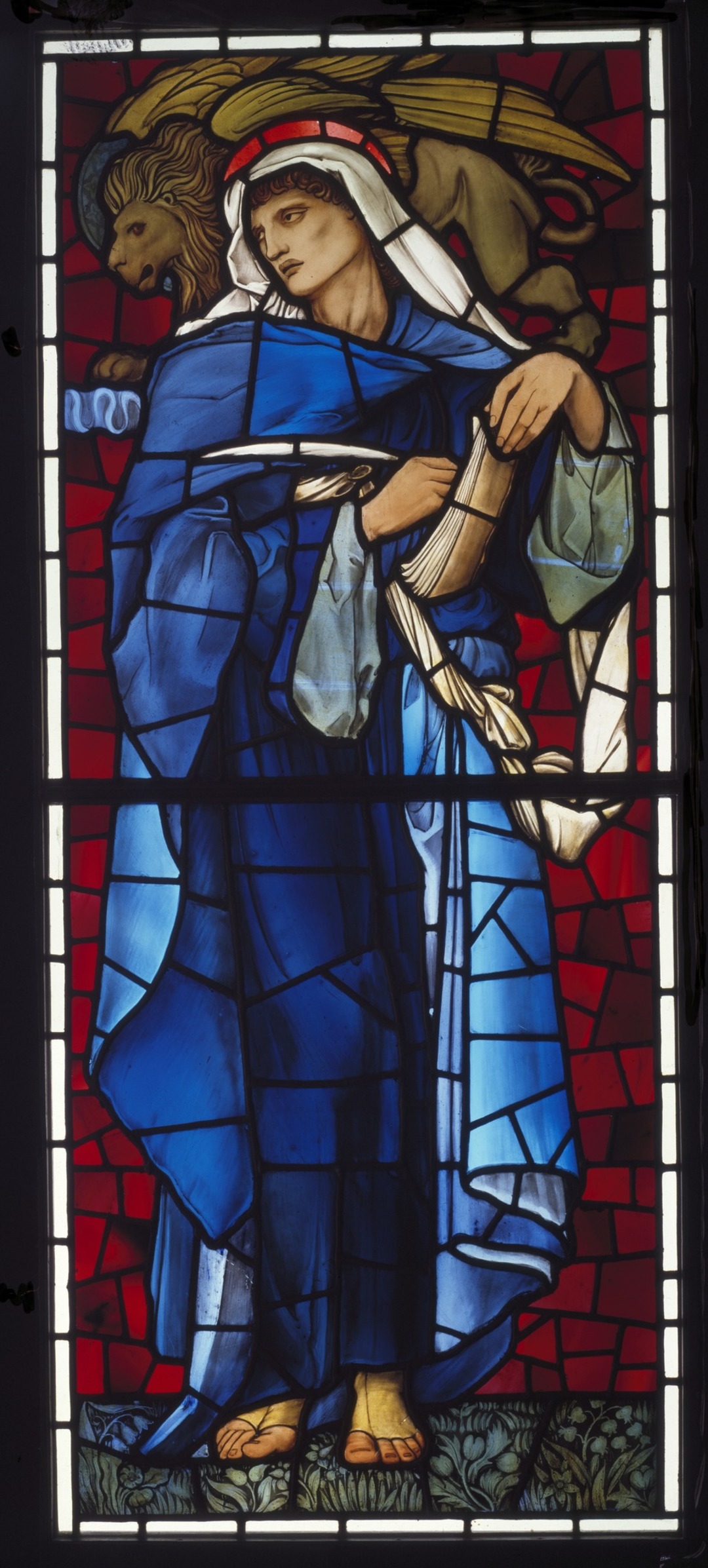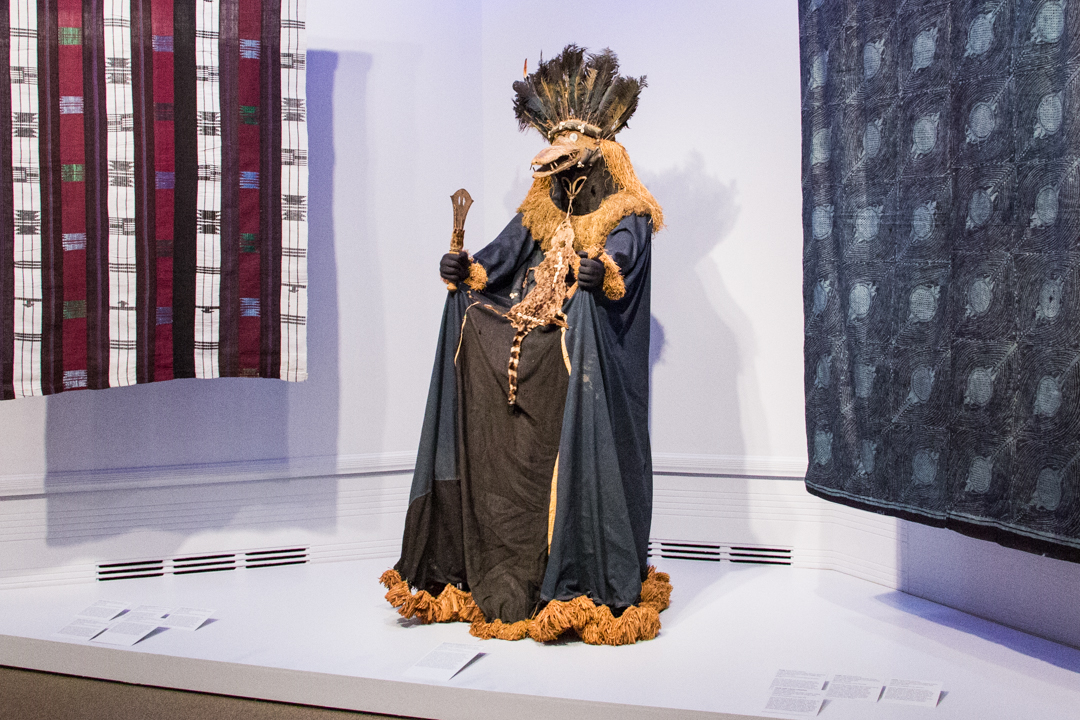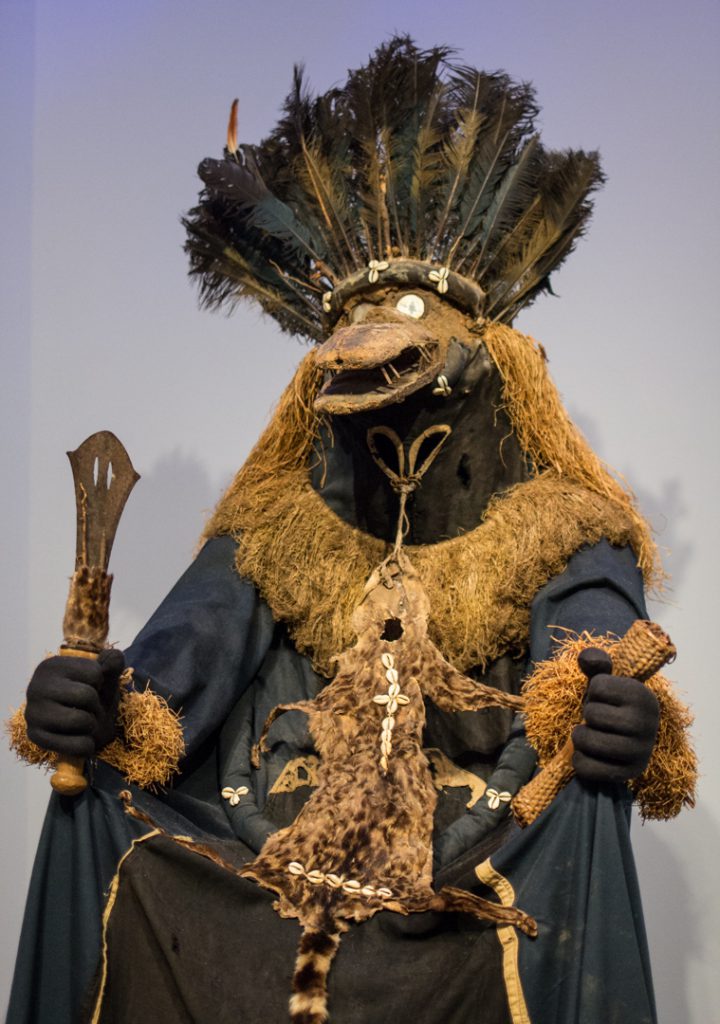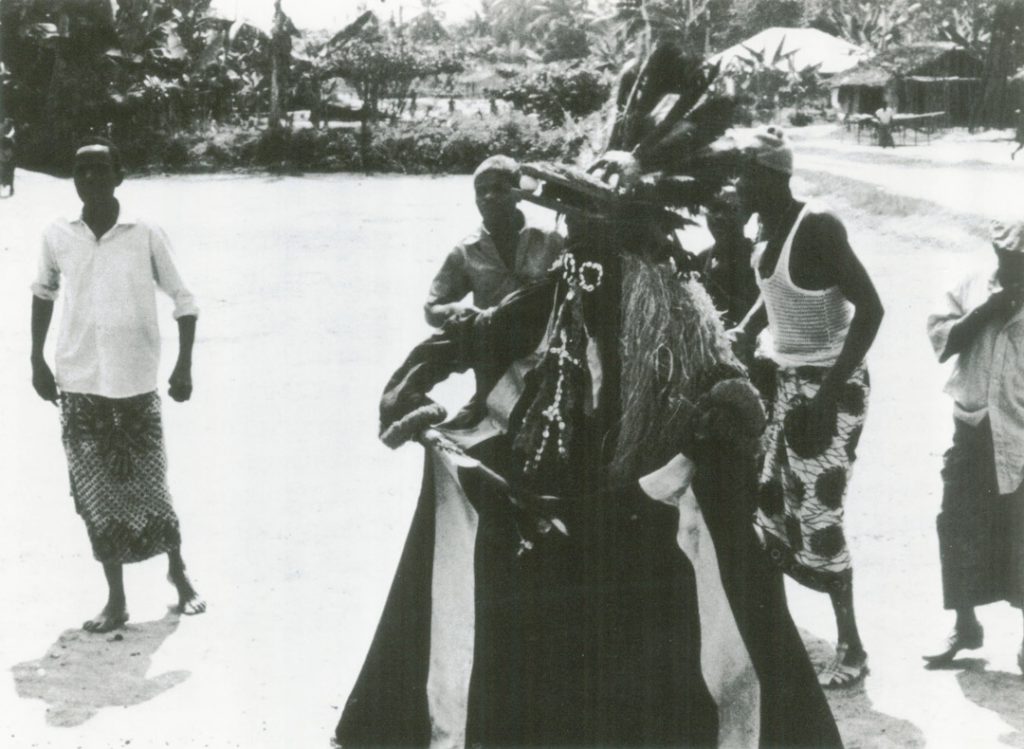Art Zodiac: Victorian Radicals
Were the Pre-Raphaelites into astrology?
There’s a hint in Victorian Radicals: From the Pre-Raphaelites to the Arts & Crafts Movement that some were. That hint is in Edward Burne-Jones stained-glass piece, St. Mark, which depicts the saint evangelizing what would become his gospel with a winged lion above him, a representation of his strong character. What is interesting is that the lion is resting his paw on a stylistic blue wave which contains the astrological glyph of Leo slyly repeated in it. Coincidence? I think not.
It seems that Edward Burne-Jones gave a shout-out to the astrology world. During the Victorian era advancements were made in astronomy and Alan Leo, a British astrologer who is often referred to as the father of modern astrology, was born in 1860. Seances, salons, and the occult were all the rage during this time and the first Ouija Board was commercially produced in 1890. Astrology could have been a serious topic of discussion in their group.
Needless to say, Victorian Radicals contains a fair amount of beautifully-painted depictions of myths that astrologers use to explain and interpret planets and asteroids in charts: Medea, Iris, Pandora, Venus, Cupid, and Psyche are some of the few. Any astrologer can pick out paintings in this exhibition and tie them easily to the planets’ mythology because they are so symbolic and integral to our work.
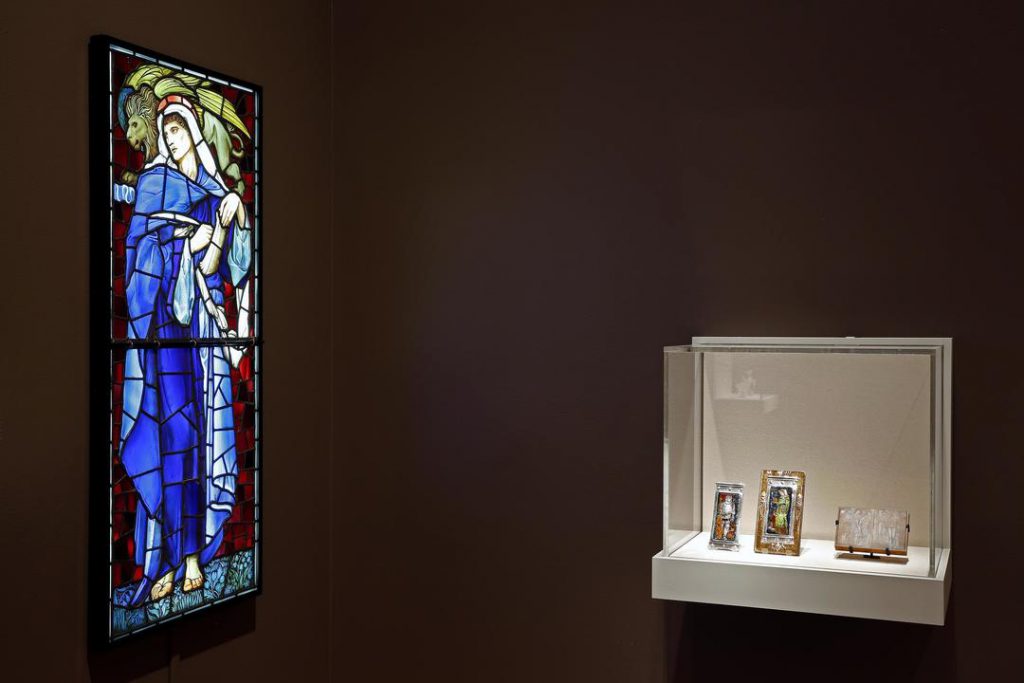
I would be remiss not to mention that I picked St. Mark because we are in the middle Leo season right now, and Leos are synonymous with lions, although not flying lions, but you could make a case that a Leo Sun/Neptune conjunction could produce one (Mic drop! Where my astrologers at?). Each year between July 23 and August 22, the sun transits across the sky through the Leo constellation. Leos are one of the three fire signs in the zodiac, Aries and Sagittarius being the other two, which lends to traits of passion, spontaneity, and playfulness. Lions are also the proud, strong, loyal, and loving ones living among us.
If you haven’t seen the exhibition, visit on September 5 when the rates are reduced to $9.99 and below for first Thursday. Also, there is a painting of Morgan Le Fay by Frederick Sandys which calls to mind the book Mists of Avalon by Marion Zimmer Bradly and calls on anyone who loves witchcraft to come see their pagan roots immortalized in it. This exhibition is a woo-woo lovers’ paradise packed with supernatural aspects.
– Amy Domres, SAM’s Director of Admissions
Amy is also a Psychospiritual Evolutionary Astrologer and Healer at Emerald City Astrology.
